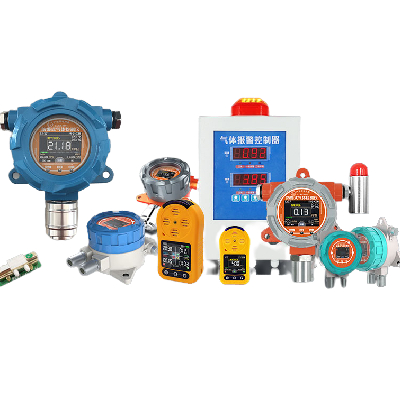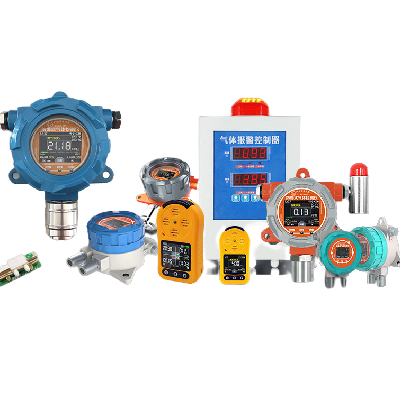Ozone gas detectors can be used to measure the concentration of ozone in the air. These instruments measure ozone in the air, providing a concentration of parts per million (PPM). As an unstable gas, ozone must be considered in the detection of its unique properties. Ozone gases decay to form oxygen under the action of temperature, humidity, time and air agitation. So measuring ozone in a consistent way is tricky. In this guide, we cover basic information about ozone detectors and tips for ensuring accurate measurements.

What Is Ozone Gas?
Ozone is a simple gas made up of three oxygen molecules with the chemical formula O3. It has unique behavioral characteristics. It is an unstable gas and decays to oxygen, meaning that it is tricky to handle and measure.
Ozone is a strong oxidizing agent and offers interesting disinfectant properties to effectively kill fungi, bacteria, and viruses. It is often used in "cleaning" situations. For example, ozone is used in transportation applications to clean police vehicles, transit buses, and commercial passenger aircraft.
Why Is Ozone a Special Gas?
Ozone is a special gas because it is unstable and decays to oxygen over time. It cannot be stored in a gas bottle. This unique characteristic makes it tricky to obtain repeatable ozone measurements. Ozone gas also has oxidization properties, making it a useful disinfectant for cleaning and abatement companies. Thanks to ozone's unique therapeutic properties, it is also used throughout medical therapies and applications.
How Is Ozone Gas Measured?
Ozone is measured in the air using low cost gas meters and ozone detectors. These devices cost between $300 and $5000. Typically, low cost detectors employ electrochemical sensors. These are galvanic cells that output voltages proportional to the ozone concentration. These cells are useful in the ppm ozone concentration range.
More expensive ozone detectors employ ultraviolet (UV) absorption technology. Ozone molecules in the air absorb UV radiation. When the change in light absorption is measured by photodetectors, the detector outputs a proportional electronic signal. UV absorption is the best way to detect low levels of ozone in the parts per billion (ppb) range.
How Do Ozone Sensors Work?
Ozone detectors, meters, and analyzers employ sensor elements to detect O3 gas molecules. These gas sensors come in three varieties: (1) electrochemical cells, (2) semiconducting metal oxide sensors, and (3) ultraviolet absorption sensors.






